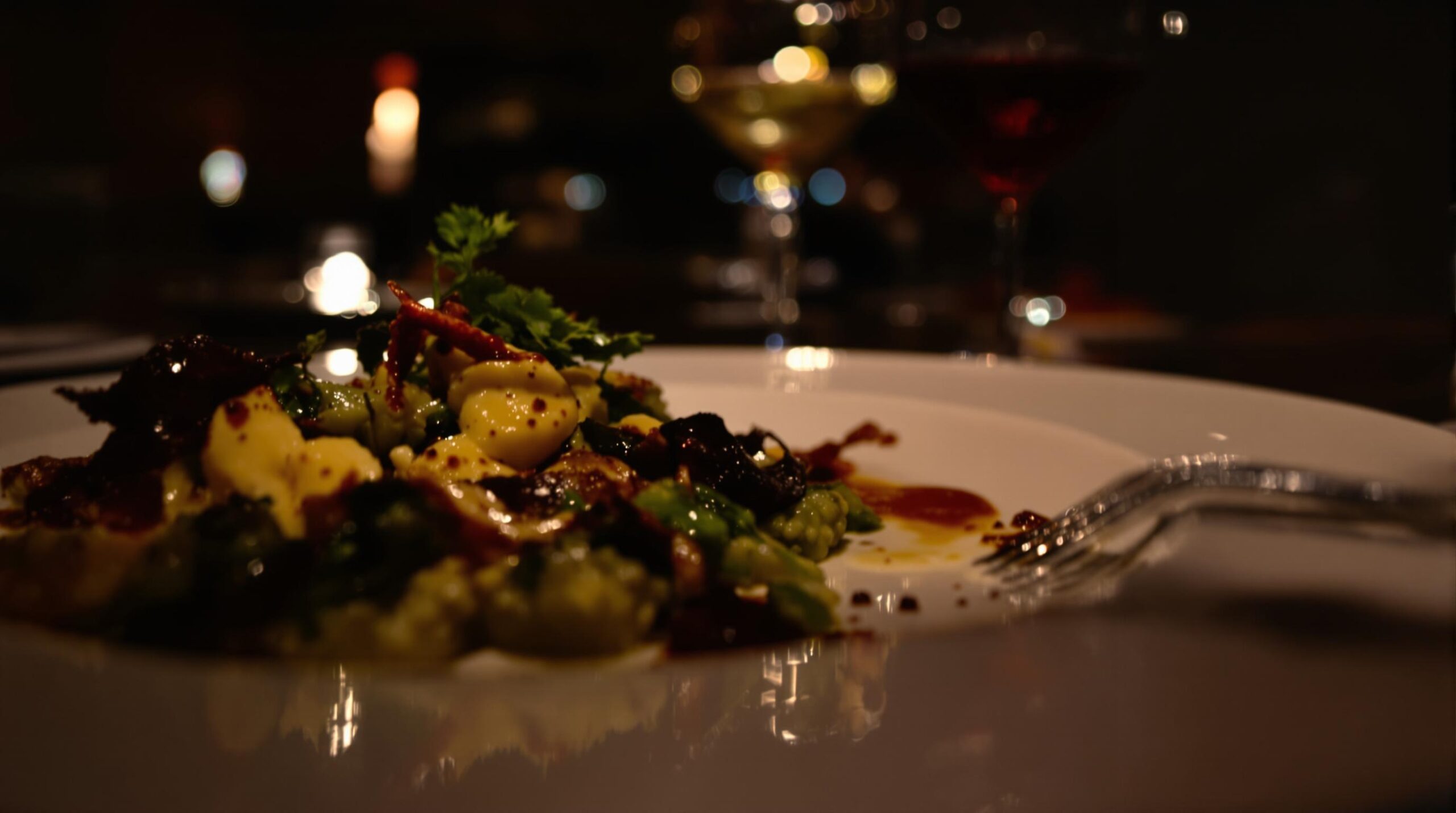Unveiling the Secrets of Fine Dining: More Than Just a Meal, It’s an Experience!
Have you ever wondered what truly sets fine dining apart from a regular dinner? It’s not just about the fancy tablecloths and gleaming silverware, though those certainly play a part. Fine dining is an immersive experience, a carefully orchestrated symphony of flavors, aromas, and ambiance designed to tantalize your senses and create lasting memories.
Beyond the Plate: A Holistic Approach
At its core, fine dining is a holistic approach to eating. Every detail, from the moment you step through the door to the final sip of dessert wine, is meticulously planned. Let’s break down some of the key ingredients:
- Ambiance: Soft lighting, soothing music, and elegant decor set the stage for a relaxed and sophisticated atmosphere. The goal is to create an environment that encourages conversation and enhances the enjoyment of the food.
- Service: Impeccable service is a hallmark of fine dining. Attentive and knowledgeable waitstaff anticipate your needs without being intrusive. They can guide you through the menu, explain the intricacies of each dish, and offer wine pairings to complement your meal.
- Ingredients: Fine dining establishments prioritize the highest quality ingredients. Chefs often source locally and seasonally, seeking out unique and flavorful produce, meats, and seafood. The focus is on freshness and sustainability.
- Presentation: The visual appeal of the food is just as important as its taste. Chefs are culinary artists, carefully plating each dish to create a work of art. Colors, textures, and shapes are thoughtfully considered to stimulate the appetite.
- The Wine: Wine is an integral part of the fine dining experience. Sommeliers, or wine experts, can help you select the perfect bottle to enhance your meal. They understand the nuances of different wines and how they interact with various flavors.
Demystifying the Menu: A Guide to Navigating the Options
Fine dining menus can sometimes seem intimidating, with unfamiliar terms and elaborate descriptions. Here’s a quick guide to help you navigate the options:
- Amuse-bouche: A small, complimentary bite served at the beginning of the meal to awaken the palate.
- Appetizer/Entrée: A smaller dish to begin the meal, designed to whet your appetite.
- Main Course: The centerpiece of the meal, typically featuring a protein (meat, fish, or poultry) and accompanying vegetables or sides.
- Dessert: A sweet treat to conclude the meal, ranging from simple pastries to elaborate confections.
- Digestif: A post-dinner drink, often a liqueur or brandy, to aid digestion.
Etiquette Essentials: Navigating the Social Graces
While fine dining should be an enjoyable experience, it’s helpful to be aware of some basic etiquette guidelines:
- Dress Code: Adhere to the dress code specified by the restaurant. If in doubt, it’s always better to err on the side of being more formal.
- Napkin Placement: Place your napkin on your lap as soon as you are seated.
- Utensil Usage: Start with the outermost utensils and work your way inward with each course.
- Conversation: Engage in polite and engaging conversation, but avoid talking with your mouth full.
- Tipping: A standard tip is 15-20% of the total bill, depending on the quality of the service.
More Than Just Food: Creating Memories
Ultimately, fine dining is about more than just the food. It’s about creating a memorable experience, sharing a special occasion, or simply indulging in the art of culinary excellence. So, the next time you have the opportunity, embrace the experience and savor every moment.


